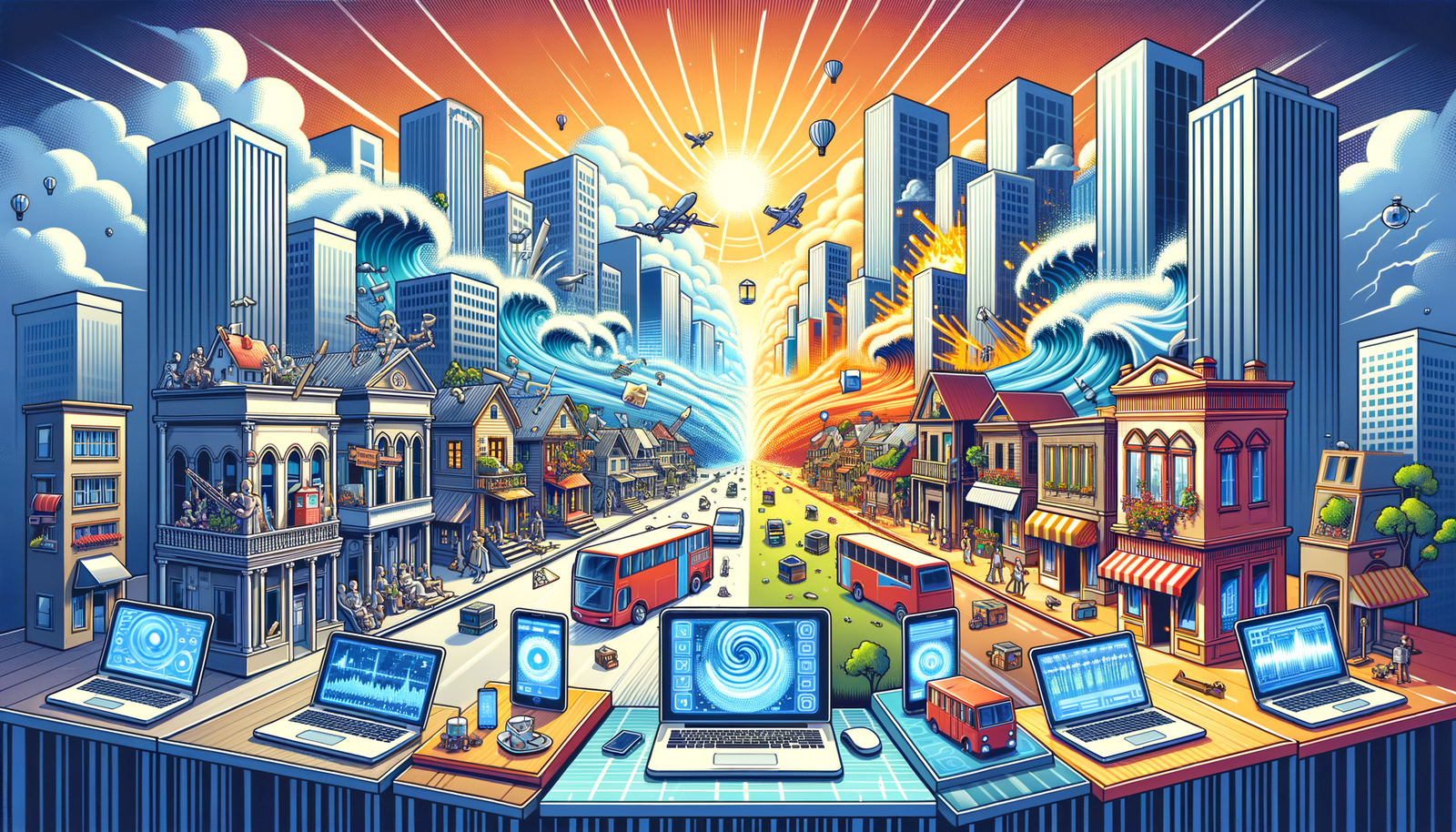Your Cart is Empty
Customer Testimonials
-
"Great customer service. The folks at Novedge were super helpful in navigating a somewhat complicated order including software upgrades and serial numbers in various stages of inactivity. They were friendly and helpful throughout the process.."
Ruben Ruckmark
"Quick & very helpful. We have been using Novedge for years and are very happy with their quick service when we need to make a purchase and excellent support resolving any issues."
Will Woodson
"Scott is the best. He reminds me about subscriptions dates, guides me in the correct direction for updates. He always responds promptly to me. He is literally the reason I continue to work with Novedge and will do so in the future."
Edward Mchugh
"Calvin Lok is “the man”. After my purchase of Sketchup 2021, he called me and provided step-by-step instructions to ease me through difficulties I was having with the setup of my new software."
Mike Borzage
Design Software History: Evolution of Design Software in the Gaming Industry: From 2D Sprites to Immersive Virtual Realities
September 13, 2024 3 min read


Understanding the Evolution of Design Software in the Gaming Industry
I. Introduction to the Role of Design Software in the Gaming Industry
The gaming industry has undergone a remarkable transformation since its inception, evolving from simple text-based adventures to fully immersive virtual realities. Throughout this dynamic history, the role of design software has been pivotal, shaping not just the visual aesthetics but also the interactive elements that define modern gaming experiences.
Historical Context
The gaming industry began to take shape in the late 20th century, marked by the release of arcade classics and early home console games. During these initial stages, the use of design software was rudimentary, primarily focused on basic sprite design and simple animations. As technology progressed, so did the capabilities of design software, enabling more complex and engaging game environments.
Importance of Design Software
Today's game development process is deeply intertwined with sophisticated design software. From the early conceptualization stages to final execution, these tools are indispensable. Computer-Aided Design (CAD), 3D modeling, and animation software are integral, allowing developers to create intricate characters, detailed environments, and lifelike animations that resonate with players.
II. Early Pioneers and Innovations
Key Figures and Companies
The foundation of modern game design software can be traced back to the contributions of pioneering companies and visionary individuals.
Autodesk was one of the earliest companies to recognize the potential of design software in gaming. Their introduction of 3ds Max and Maya revolutionized 3D modeling and animation. Epic Games, with its Unreal Engine, and Unity Technologies, with its Unity engine, have also played crucial roles in democratizing game development.
Visionaries like John Carmack of id Software and Tim Sweeney of Epic Games pushed the boundaries of what was possible, leading to significant technological breakthroughs that are still influential today.
Technological Milestones
The journey from 2D to 3D gaming was a monumental leap, facilitated by the development of early 3D modeling software. These tools enabled the creation of more complex game worlds and realistic characters. The introduction of physics engines and advanced rendering techniques further enhanced the immersive quality of games, allowing for more natural movement and interaction within virtual environments.
III. Technological Advancements and Their Impact
Core Technologies
The evolution of design software has been driven by advancements in several core technologies. Solid modeling and geometric modeling have enabled the creation of highly detailed and precise virtual objects. Developments in real-time rendering and photorealistic visualization have made it possible to generate stunningly realistic graphics that deeply engage players.
Moreover, innovations in procedural generation and AI have revolutionized game design, allowing for the creation of vast, dynamic worlds and intelligent NPCs that adapt to player actions.
Key Software and Tools
Several key software and tools have left a significant mark on the gaming industry. Unity and Unreal Engine stand out as the most widely used game development platforms. Both engines offer robust features for 3D modeling, animation, and rendering, catering to different use cases and developer preferences.
- Unity: Known for its versatility and ease of use, Unity is popular among indie developers and large studios alike. It supports a wide range of platforms and offers extensive asset store resources.
- Unreal Engine: Renowned for its high-fidelity graphics and powerful tools, Unreal Engine is preferred for AAA game development. Its Blueprints visual scripting system makes it accessible to non-programmers.
Other notable tools include Blender and Maya, which are essential for 3D modeling and animation. Additionally, software like Photoshop and ZBrush are often integrated into the game development pipeline for texture creation and detailed sculpting.
IV. Future Prospects and Emerging Trends
Innovations on the Horizon
The future of game design software is brimming with exciting possibilities. Augmented Reality (AR) and Virtual Reality (VR) are set to revolutionize game design by offering immersive experiences that blend the virtual and real worlds. The integration of machine learning and AI-driven design tools promises to streamline the development process and enable new levels of creativity.
An emerging trend is the use of blockchain technology in game design, offering new opportunities for ownership, monetization, and the creation of decentralized virtual worlds.
Industry Challenges and Opportunities
Despite the advancements, the gaming industry faces several challenges. Balancing creative aspirations with computational constraints remains a critical task. Ethical considerations in the use of AI and procedural generation require careful deliberation to ensure fair and responsible development practices.
- Balancing creativity with computational constraints.
- Ethical considerations in AI and procedural generation in games.
- Future directions and potential disruptions in the industry.
The future holds immense potential for innovation and disruption in the gaming industry. As technology continues to evolve, so will the tools and techniques used in game design, offering endless opportunities for creativity and engagement.
Also in Design News

Leveraging Predictive Design and Machine Learning for Future-Ready Solutions
November 26, 2024 10 min read
Read More
Design Software History: Advancements in Software for Disaster-Resilient Urban Planning: A Historical and Technological Perspective
November 26, 2024 7 min read
Read More
ZBrush Tip: Maximizing Sculpting Precision with ZBrush Morph Targets: Essential Tips and Techniques
November 25, 2024 2 min read
Read MoreSubscribe
Sign up to get the latest on sales, new releases and more …


